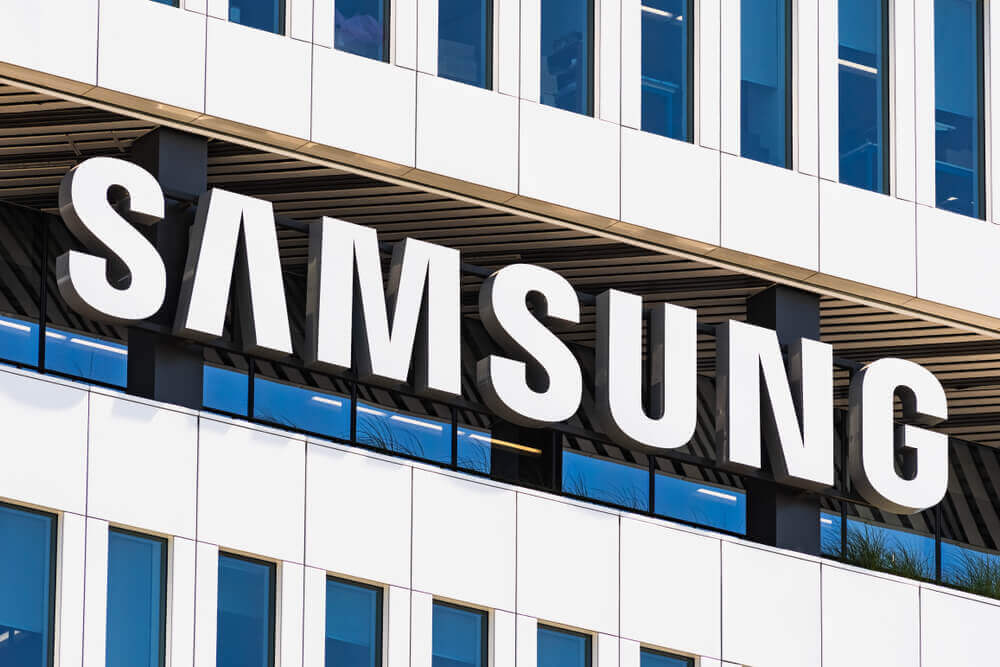
Samsung Eyes Lead in AI-Driven Semiconductor Surge
Quick Look
- Samsung is gaining traction in the AI-driven semiconductor industry, poised to lead with its NAND memory.
- Analysts upgrade Samsung’s outlook, foreseeing benefits from AI demand and a recovering memory market.
- Samsung’s potential collaboration with Nvidia on HBM could challenge SK Hynix’s dominance.
- SSDs, preferred for AI due to speed, spotlight Samsung’s strategic positioning in AI applications.
- Industry consensus sees Samsung’s value rising by 17%, marking a strategic pivot towards AI.
Artificial intelligence (AI) has emerged as a pivotal driver of demand in the rapidly evolving world of technology, particularly in the semiconductor industry. Samsung Electronics Co., a stalwart in the global tech arena, is poised to leapfrog its competition, leveraging newfound optimism surrounding its AI strategy. Historically trailing behind in the semiconductor stock rally, the company is now on the brink of leading the pack. The surge in AI applications should increase demand for NAND memory. This is Samsung’s area of strength. Additionally, there is demand for high-bandwidth memory (HBM), a field dominated by SK Hynix Inc. Consequently, this shift has led to a flurry of analysts revising their price targets for Samsung upwards. They recognize both the spike in demand caused by AI and the emerging recovery signs in memory demand.
Investment strategies are realigning in favour of the company as fund managers pivot towards Seoul-listed Samsung, betting on its prospective rally. Despite Nvidia Corp.’s remarkable threefold increase and SK Hynix’s doubling in value over the past year, the company’s relatively modest 32% gain is now viewed as a harbinger of untapped potential. Additionally, they began decreasing their stake in SK Hynix and reallocating those resources to other memory chip value chain segments that have not seen as much benefit, such as Samsung Electronics. They believe the potential gains in these areas have not yet been fully realized.
AI Endorsement and Strategic Positioning
A pivotal moment for Samsung’s AI venture came with an endorsement from Nvidia’s CEO, Jensen Huang, in March. It is igniting speculation of an imminent HBM supply agreement between the two tech giants. Such a deal could significantly bolster Samsung’s competitive edge against SK Hynix, which commands a staggering 90% share in the advanced HBM market. This development, coupled with a recent Citigroup Inc. report by analyst Peter Lee, has spotlighted a forthcoming “replacement cycle,” wherein solid-state drives (SSDs), powered by NAND memory, are poised to supplant traditional hard-disk drives (HDDs) in AI applications. Contrary to prevailing market sentiments, Lee asserts, “Our new conclusion is that SSD will be part of AI.”
The Road Ahead: Samsung’s Ascendancy
Industry analysts collectively agree on Samsung’s imminent rise. They predict a 17% increase in the company’s valuation. Moreover, Samsung’s dive into AI marks the beginning of a new chapter for the tech giant. The company will power the next generation of SSDs for AI applications. Consequently, as the semiconductor industry transforms, Samsung is at the forefront. Its proactive approach to AI technology and its effects on memory demand gives it a strategic advantage.
Furthermore, Samsung’s pivotal moment in the semiconductor field goes beyond just adapting to AI trends. It’s about transforming the industry. The company’s deep knowledge of NAND technology and potential entry into the HBM supply chain prepare it for significant growth. Therefore, Samsung is becoming an attractive option for investors. It is establishing itself as a major force in the AI-driven tech revolution.
The post Samsung Eyes Lead in AI-Driven Semiconductor Surge appeared first on FinanceBrokerage.

